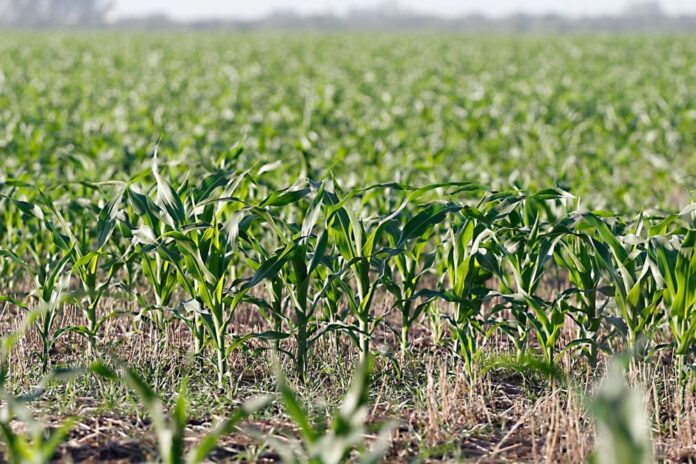The global agricultural trade is closely monitoring the situation in Argentina, as the country holds the title of being the world’s leading exporter of soybean meal and soybean oil, as well as the third-largest international supplier of corn. However, concerns have arisen due to a dry weather outlook, falling crop ratings, and declining production potential in the region. This has led to a pause in the corn and soybean futures markets as market participants await significant precipitation to alleviate the current challenges faced by Argentine farmers.
Rainfall in Argentina’s summer cropping belt has been significantly below average since November, leading to depleted soil moisture reserves and increased crop stress in many regions. The early stages of the row crop seeding program saw heavy rains, resulting in good moisture levels for initial soybean and corn crops. However, the subsequent dry spell has caused soil moisture to decline rapidly, impacting plant health and potentially reducing crop yields. This dry pattern can be attributed to the development of a La Niña weather event, which tends to bring hotter and drier conditions to South America, particularly in southern regions.
Expectations were high for extensive rainfall over the weekend to alleviate the dry conditions, but the actual precipitation fell short of forecasts, leaving many areas still in need of moisture. Forecasts indicate a continuation of the dry weather pattern for the remainder of January, which could further impact crop yields. The Buenos Aires Grain Exchange’s latest report highlighted a decline in the quality of soybean crops, with a significant portion rated as poor to very poor due to moisture stress. The corn crop also saw a decrease in the good-to-excellent rating, reflecting the challenging conditions faced by farmers.
The Rosario Grain Exchange revised its production estimates, lowering the corn output forecast due to extreme weather conditions affecting early corn development. The soybean output is also expected to fall short of initial projections, with the lack of rainfall negatively impacting yields. Crop consultant Michael Cordonnier expressed a more cautious outlook for both soybeans and corn, citing the critical reproductive phase of the crops and the urgent need for adequate rainfall to sustain growth.
Provinces such as northern Buenos Aires and southern Santa Fe have been particularly affected by the dry weather, with crops in critical reproductive phases requiring significant rainfall to avoid further yield losses. The challenging conditions have had a greater impact on corn production compared to soybeans, with paddocks planted since November facing the brunt of the adverse weather.
In conclusion, the current dry weather conditions in Argentina pose a significant threat to crop production and export potential. The agricultural sector in the country is facing challenges in maintaining crop health and yield levels, with the outlook for the coming months remaining uncertain. Continued monitoring and support for farmers in mitigating the effects of the dry spell will be crucial in safeguarding Argentina’s position as a key player in the global agricultural trade.



